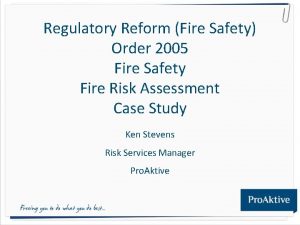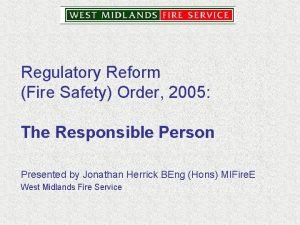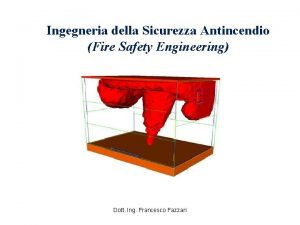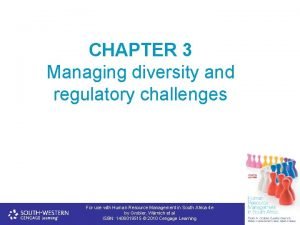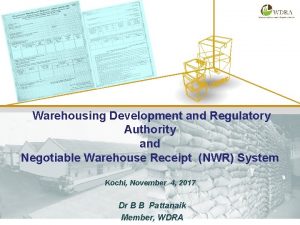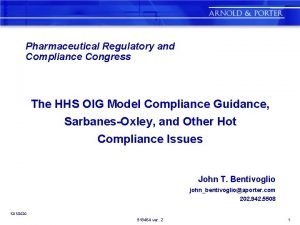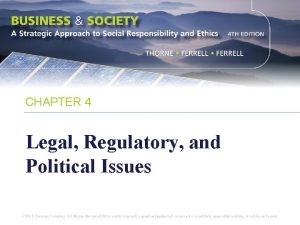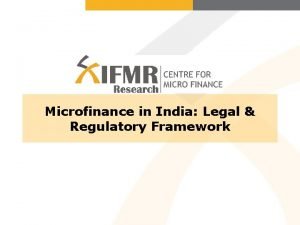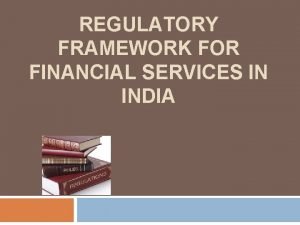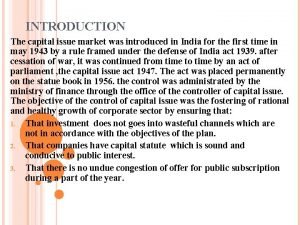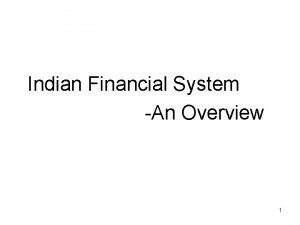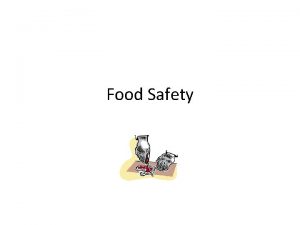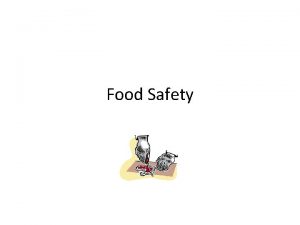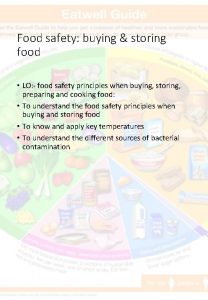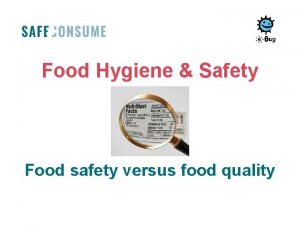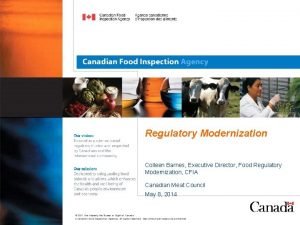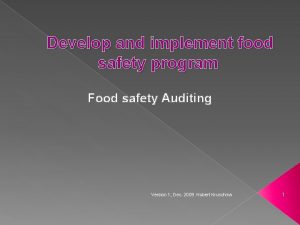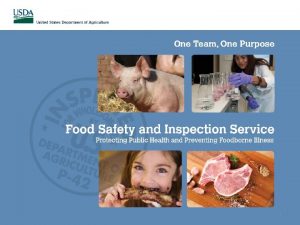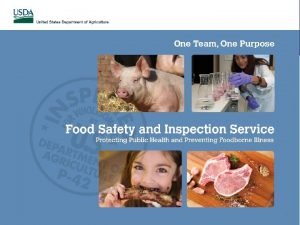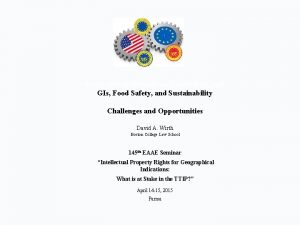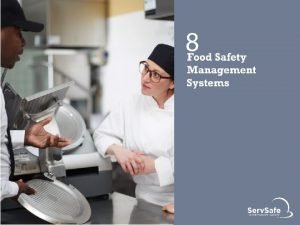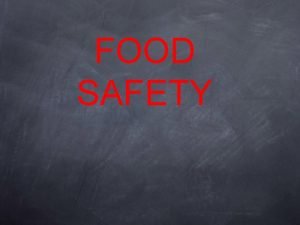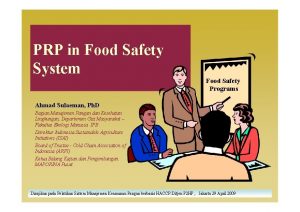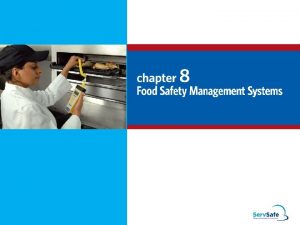Food Safety and Regulatory MeasuresAugust 17 19 Food



























- Slides: 27

Food Safety and Regulatory Measures,August 17 -19 Food Waste Research in China: Motivation, Field Study and Preliminary Results Shengkui Cheng Institute of Geographical Sciences and Natural Resources Research (IGSNRR), Chinese Academy of Sciences (CAS), Beijing, China chengsk@igsnrr. ac. cn August 17 , 2015, Birmingham, UK

Motivation and Background n Food Waste: A Worldwide Issue u. FAO: Globally, 1. 3 bt food(1/3 of total food produced)wasted per year,in which 0. 67 bt by developed countries and 0. 63 bt by developing one. n. Huge cost of resources and environment: 1. 4 bha farmland(23%30%of the total) , 23%fertilizer wasted, and 3. 3 bt GHG. n. Direct economic lose per year 750 bm dollar.

A remarkable success in the past decades… Self-sufficiency rate 2004 -2013 nine consecutive years growth However, costs (econ. and environ. ) of production growth are rising. → Food loss and food waste throughout the supply chain must be taken into account (Liu et. al 2013 Nature)…

Motivation and Background n Food demand increasingly,but the production inputs reaching the limit, food increase very hard demand In 2010: Sown area of grain crops: 110 mha. Total grain output: 550 mt n rai u utp t o G fertilizer: 55. 6 mt Irrigation water: 370. 7 bm 3 Agr -electric: 96. 6 bkw Ari-plastic: 1. 40 mt pesticide: 1. 25 mt 农业机械总动力: 9. 3亿千瓦 (source: china statistic data and FAO) Food waste reduction: an important way for China’s food security

Motivation and Background n Huge lose and waste of grain in whole supply chain 12. 5 mt 20 mt 7. 5 mt From field to table: grain losed and wasted 67. 5 mt, 11% of total grain output, 12. 55 mha farmland wasted 20 mt 7. 5 mt Data source:state administration of grain in 2014

Motivation and Background n Food waste: very popular in city catering Quantity of wasted food in catering in the provincial capital cities (left) and the food wasted per capita (right) 注:省会城市餐饮业食物浪费数量根据新闻报道整理;人均食物浪费数量=省会城市餐饮业食物浪费数量/ 省会城市人口(北京、西藏等旅游城市加入旅游人口)(Cheng,2012)

Motivation and Background n Food waste: huge resources and inputs wasted and severe environmental pressure besides the food security 城市固体垃圾(MSW) Food waste Food surplus% (Jun Tai et al. , 2011) n Food waste dwindling: Save huge resources and huge environmental benefit.

Population increase, urbanization , Industrialization pro c sto re tra np Har v production Fo o d w a Consumption Rural reform ?? policy water/land Fertilizer…. Energy, variety st e 返回

Food waste in China: special characteristics • Food culture: long history, diverse cuisines, local resources • Save food & save face: a cultural conflict • Official/Business and private (birthday or wedding) banquet with more waste • Food waste at consumption stage appears more serious • Food byproducts efficiently used (e. g. , bones, blood, heads, internal organs…) Sliced Beef and Ox Tongue Braised Intestines in Brown Sauce Lu. Zhu Boiled Tripe

How much do we waste? Data, data! v. s. ca. 500 kg/cap prod in 2012 Ø Little information for developing countries (incl. China), many data out of date; Ø FAO report: China aggregated with Japan and South Korea in “Industrialized Asia”; Ø Dramatic lifestyle changes in a fast urbanizing and industrializing China… → we need more primary data collection! Source: FAO

The first national level key project “Food waste in urban China: Patterns, environmental impacts, and sustainable consumption”, 20132017 Funded by Natural Sciences Foundation Chinese Academy of Sciences (CAS) Institute of Geographical Sciences and Natural Resources Research (IGSNRR) Center for Chinese Agricultural Policy (CCAP) Chinese Academy of Agricultural Sciences (CAAS) Agricultural Information Institute (AII) Focusing on away-from-home food waste in urban China, including: Ø Large-scale surveys (10, 000 tables) in Lhasa and Beijing (IGSNRR, AII, CCAP) Ø Patterns, impact factors, and policy implication (IGSNRR; CCAP) Ø Resource and environmental impacts (IGSNRR)

Large Scale Survey for China… Field surveys and interviews for consumer stage (in 2013): o 187 restaurants had been investigated,large, middle, small, canteen and fast food o 3833 samples(table) had been collected o Each sample includes two parts: consumer questionnaire, weight of food waste generated.

Survey- Step 1 : Volunteers Training including: survey process, questionnaire, wordload, etc. The training in Beijing Team capacity building activities of volunteers

Survey- Step 2 : Manager and head chef interview

Survey- Step 3 : Customer interview and weighing of table food waste

Results: in Beijing’s urban catering sector n About 80 gram per capita per meal food waste (raw food equivalent), vegetables—cereals---meat. Wasted rate 23. 5% of the ordered food(including soup and oil…) Poultry 6. 71% 20% 15% 10% 5% te ra fo od w as te d rr ve le fto (ra te d as w at e w ) er to v od fo fo od ns co fo od od fo le f um re ed d 0% de Aquatic Product 11. 13% Other 2. 91% Vegetables 41. 32% 25% or Cereals 24. 80% 900 800 700 Beans 600 1. 27% 500 400 300 200 Eggs 1. 60% 100 0 Dairy products 0. 04% g Pork, beef and mutton 13. 13% Food waste in the urban catering sector in Beijing, by food category (left) and absolute and relative amount per capita (right) Source: Cheng Shengkui, et al. , unpublished

Results: Comparison between Beijing and Lhasa n Food waste per capita : in Beijing (75 g), in Lhasa (120 g) , n …due to a higher share of tourists in Lhasa (tourist in Lhasa as w at e rr ve od fo od te d le f to (ra ve r w ) Food consumption and waste patterns in Beijing and Lhasa 140 food waste per capita:g Lhasa fo fo od od co ns or de re um ed d Beijing 40% 35% 30% 25% 20% 15% 10% 5% 0% le fto 1000 900 800 700 600 500 400 300 200 100 0 fo g consumes, and wastes much more than those in Beijing). 120 100 80 60 40 20 0 Beijing inhabitants Lhasa tourists Food waste generated by tourists in Beijing and Lhasa Source: Cheng Shengkui, et al. , unpublished

Results: Estimation of food waste at schools: A case study in Beijing n Around 131. 5 g/cap/meal food is wasted, nearly occupied 23% of total food supply: staple food (45%), vegetables(30%), meat(15%), others (10%) n Scaled up to the whole Beijing city: 98. 6 tons of food wasted for each meal, cost¥ 1. 97 million.

Total food waste in urban catering sector in China n No considering tourism consumption: about 12 million tons/year n Considering tourism consumption: about 14 million tons/year. n Taking use of the data--the kitchen waste production of provincial capital city (media reported): about 25 -30 million tons/year Now the popular saying : The food wasted in catering can feed 2 billion people _ a little exaggerated, feeding 30 -50 million people more reliable

Results: Ecological Footprint (in Beijing) Total catering EF of food waste is 294. 5× 103 hm 2,nearly one fifth that of Beijing’s territory area, the largest contribution from meat (80%) and grain (7%) nuts&fruits eggs&dairy 13. 02% vegetables bean&bean products 10. 39% grain mutton 54. 65% 17. 63% beef 0. 30% pork poultry other meat 7. 12% 1. 39% 2. 08% 3. 82% 5. 79% 1. 45%

Results: Carbon Footprint (in Beijing) Food production causes greenhouse gas emissions along the entire food supply chain and wasting food means that those emissions are produced in vain. Carbon emission along the different stages of the food value chain

Results: Carbon footprint – by food type Total catering carbon footprint of food waste is 2. 1× 106 t CO 2 eq. , with meat (49%), vegetables (25%), and grain (11%) contributing the most. 5. 01%1. 93% Meat 7. 69% Vegetables Grain 11. 30% 48. 98% Aquatic products Bean& bean products 25. 09%

Results: Carbon Footprint-By chains (in Beijing) l Agricultural production 50% l Catering consumption 40% l Treatment of leftover 14% Agricultural production 37. 39% Consumption 13. 68% Management 1. 05% 1. 29% Distribution Processing 0. 24% 47. 64%

Results: Phosphorus footprint 1. 21 kt of P is embodied in these food wastes l meat 43% l vegetables 20% l grain 17% (in Beijing)

The next work • In 2015: Beijing, Lhasa, Shanghai, and Chengdu. • Database construction • Methodology collaboration with University of Southern Denmark • New projects funded EU Horizion 2020: 2015 -2019, with 29 European partners (potential matching funding sought from Chinese Academy of Sciences) … and welcome more collaboration from YOU!

Take-home messages v Food loss and waste throughout the supply chain v Food waste differences from different level cities, from different areas, from urban and rural, from catering restaurant and household v First-hand data and quantitative research v supporting policy-making and arousing public saving awareness.

Thank you For your attention!
 Regulatory reform fire safety order 2005
Regulatory reform fire safety order 2005 The regulatory reform (fire safety) order 2005 summary
The regulatory reform (fire safety) order 2005 summary Regulatory reform (fire safety) order 2005
Regulatory reform (fire safety) order 2005 Regulatory reform (fire safety) order 2005 article 8 to 23
Regulatory reform (fire safety) order 2005 article 8 to 23 Control measures for physical hazards
Control measures for physical hazards Chapter 22 regulatory and advisory agencies
Chapter 22 regulatory and advisory agencies Dea number verification
Dea number verification Diversity and regulatory challenges
Diversity and regulatory challenges Warehouse regulatory and development authority
Warehouse regulatory and development authority Oig pharma compliance guidance
Oig pharma compliance guidance Lara renew nursing license
Lara renew nursing license Legal regulatory and political issues
Legal regulatory and political issues Pharmaceutical regulatory and compliance congress
Pharmaceutical regulatory and compliance congress Legal and regulatory framework of microfinance in india
Legal and regulatory framework of microfinance in india Pharmaceutical regulatory and compliance congress
Pharmaceutical regulatory and compliance congress Pharmaceutical regulatory and compliance congress
Pharmaceutical regulatory and compliance congress Unit 3 assessing risk in sport
Unit 3 assessing risk in sport Dispositional framework vs regulatory framework
Dispositional framework vs regulatory framework Orange diamond-shaped signs warn the motorist of
Orange diamond-shaped signs warn the motorist of Regulatory framework for financial services in india
Regulatory framework for financial services in india Infection control milady
Infection control milady Functions of sebi
Functions of sebi Functions of financial system
Functions of financial system Regulatory change management process
Regulatory change management process Objectives of irda
Objectives of irda Chapter 2 signs, signals, and roadway markings
Chapter 2 signs, signals, and roadway markings Regulatory capital vs economic capital
Regulatory capital vs economic capital Regulatory capital vs economic capital
Regulatory capital vs economic capital
